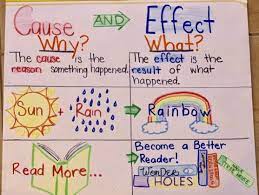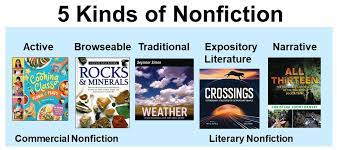Introduction
Differentiated instruction is an educational approach that encourages teachers to adapt their teaching methods according to the diverse needs, interests, and learning styles of students in their classrooms. As more schools embrace this approach, it is crucial for school administrators and leaders to ask important questions to ensure differentiated instruction implementation is effective and beneficial for all students. This article will discuss some of the critical questions every school leader should ask when implementing differentiated instruction.
1. What are our school’s goals for differentiated instruction?
Before implementing differentiated instruction, school leaders should establish clear and specific goals. These goals might include improving student performance on standardized tests, increasing student engagement in class, or reducing achievement gaps between different groups of students. Having a clear understanding of what the school hopes to achieve through differentiated instruction will help leaders develop robust plans to monitor progress in meeting these goals.
2. How can we assess our teachers’ readiness and capacity for differentiated instruction?
Differentiated instruction requires a fundamental shift in teaching practices and mindset; therefore, it is essential to evaluate teachers’ readiness and capacity for adopting this approach. School leaders need to identify professional development opportunities for teachers to deepen their understanding of differentiation strategies and help them build the necessary skills to implement these techniques effectively.
3. What resources do we have available to support differentiated instruction?
Schools must consider the availability of resources such as time, personnel, technology, and instructional materials required for successful implementation. School leaders must also ensure that classrooms have adequate physical space for flexible seating arrangements and small-group activities.
4. How will we measure progress and evaluate effectiveness?
Measuring progress towards the identified goals requires regular monitoring through quantitative data collection (i.e., assessment results) and qualitative information gathering (i.e., classroom observations or surveys). By continuously evaluating the effectiveness of differentiated instruction within the school environment, school leaders can make informed decisions about needed adjustments or improvements.
5. How will we foster a culture of collaboration among teachers?
Differentiated instruction is most effective in a school where teachers collaborate and share ideas, strategies, resources, and successes. School leaders can facilitate this collaboration by providing dedicated time for teacher teams or professional learning communities to meet, share lessons learned, and support each other throughout the implementation process.
6. How will we involve parents and guardians in supporting differentiated instruction?
Engaging parents and guardians is an essential component of successful differentiated instruction implementation. School leaders should communicate the benefits of differentiated instruction for their children and encourage them to support learning activities at home that align with the strategies being implemented in school.
7. How will we sustain this approach over time?
Implementing differentiated instruction is not a one-time effort but an ongoing process that evolves over time. School leaders must be committed to consistent support and leadership for sustaining this approach as part of the school’s instructional philosophy.
Conclusion
Differentiated instruction can profoundly impact student learning when implemented effectively. By asking these crucial questions, school leaders can ensure they are providing the necessary support, resources, and guidance for a meaningful and successful implementation that benefits all students in their school community.











